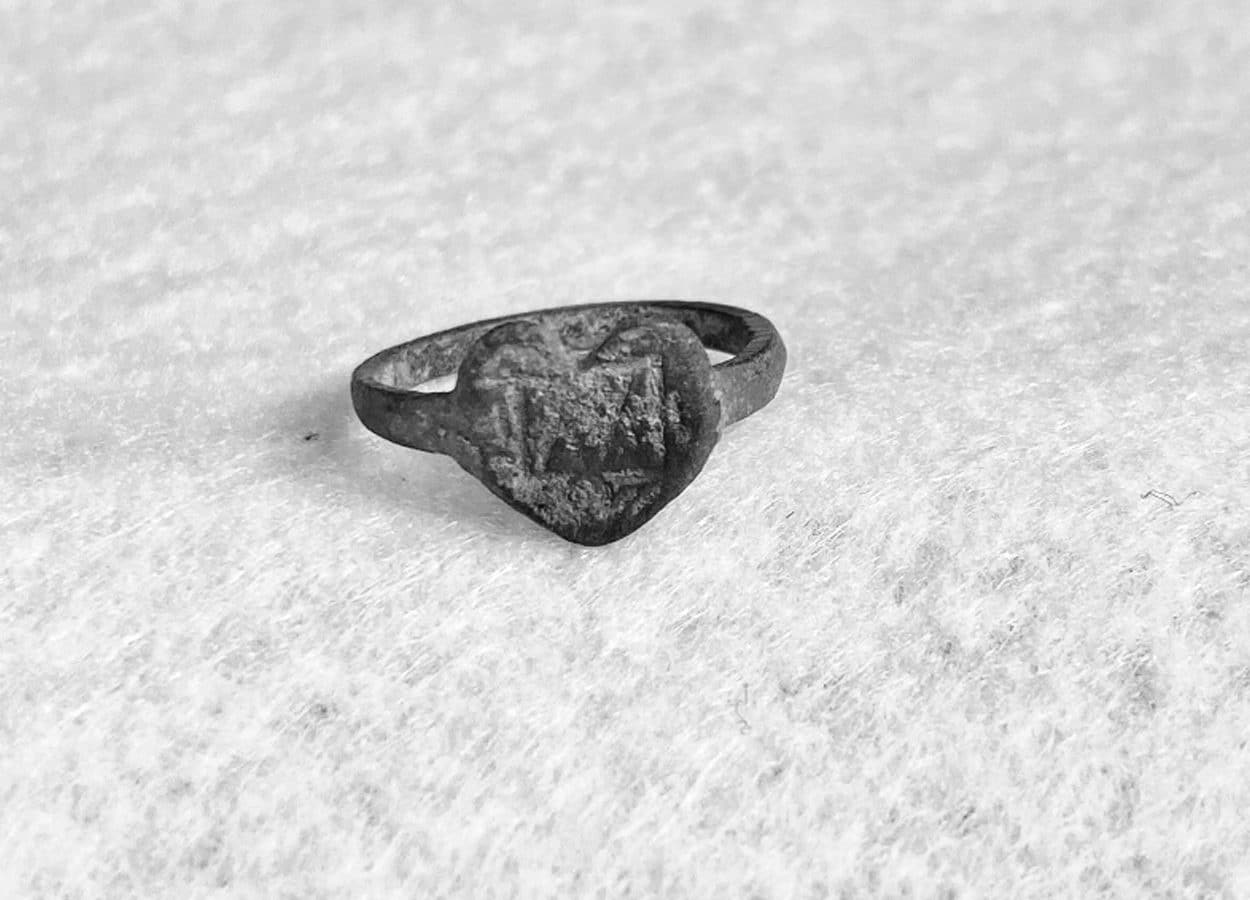Archaeologists from the Fort St. Joseph Archaeological Project at the Western Michigan University have uncovered a “Jesuit” trade ring while excavating at Fort St. Joseph in the present-day town of Niles, Michigan, United States.
Fort St. Joseph was established on land granted to the Jesuits by King Louis XIV, where Jean Claude Allouez constructed the Mission de Saint-Joseph in the 1680s. The French built the fort in 1691 as a trading post which supported the fur trade at the southern end of Lake Michigan.
Following the British victory over the French after the French and Indian War (the North American front of the Seven Years’ War in Europe), British forces took over the fort and used it to supply their allies against the Continentals during the American Revolutionary War.
The British maintained the fort until the United States victory in the Northwest Indian War and the signing of Jay’s Treaty in 1795, leaving the fort abandoned which fell into ruin and overtaken by forest.
Fort St. Joseph was rediscovered after an archaeological survey in 1998 which led to excavations by archaeologists from the Western Michigan University. Further excavations have continued at the site since.
During the 2022 excavation season, researchers from the Fort St. Joseph Archaeological Project have found a “Jesuit” trade ring made from copper alloy which has a heart-shaped bezel on the band.
In the official blog for the project, Kylie Krueger stated: “In New France, these iconographic “Jesuit” rings were used for trade and were likely an inexpensive form of jewellery. They were decorated with a variety of motifs that had religious and/or sentimental meanings.”
“Overall, “Jesuit” rings have been recovered from seventeenth- and eighteenth-century sites like Fort St. Joseph throughout New France. They appear to have been used during both the French and British occupation, with a higher concentration during the French period”, added Krueger.
Fort St. Joseph Archaeological Project
Header Image Credit : Fort St. Joseph Archaeological Project







